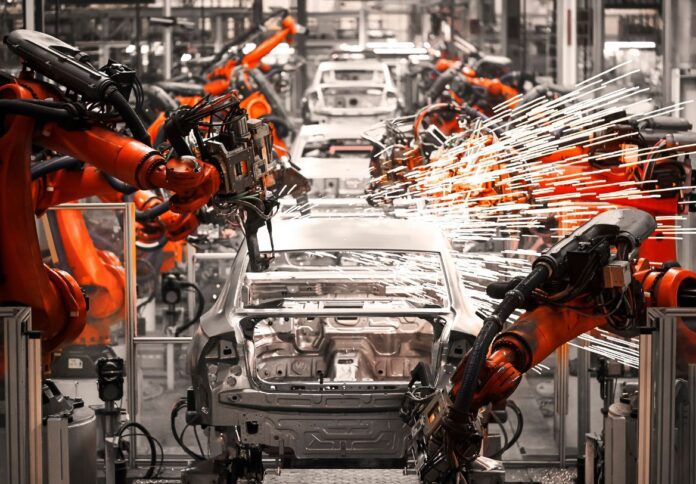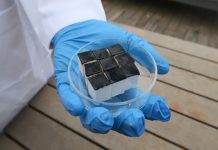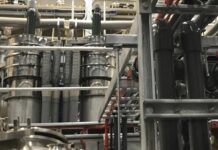
The Caixin China General Manufacturing PMI has increased from 49.2 in July to 51.0 in August, beyond the neutral 50.0 level, indicating a further improvement in the sector’s health, which had improved in three of the previous four months.
According to the latest report, a new increase in new order intakes aided the overall recovery in business conditions. Companies said that firmer underlying market circumstances aided in boosting customer spending.
Despite a decline in new business from outside in August, the slight increase in overall sales suggests that stronger local demand remained the primary driver of growth. However, the drop in new export orders was fairly moderate when compared to July.
“Both supply and demand expanded. Despite the impact of high temperature on some manufacturers’ production, overall market demand improved, and supply increased, with the gauges for total new orders and output both returning to expansionary territory. Overseas demand continued to drag on performance,” commented Dr Wang Zhe, senior economist at Caixin Insight Group.
Improved new business intake prompted enterprises to expand their purchase activities, countering a slight reduction in July.
However, due to caution in stock buildup, input inventories were reduced a little. In contrast, completed goods inventories rose modestly for the second month in a row.
Meanwhile, planned business expansions aided a new increase in employment across China’s industrial sector in August. Despite being modest, the rate of employment growth was the highest since March 2010.
For the third month in a row, backlogs of work increased somewhat despite rising payroll figures. Unfinished tasks were apparently pushed up by increased sales and, in some cases, temporary closures due to excessive temperatures.
Dr Zhe stated that manufacturers remained positive, with the August number for their forecasts for future output remaining over 50, albeit being the lowest since September.
He also noted that concerns regarding the prospects of domestic and international demand in the upcoming 12 months were stated by the firms surveyed.
“In August, the manufacturing sector showed overall improvement. Apart from sluggish exports, the gauges for supply, total demand, and employment were all in expansionary territory,” Dr Zhe said.
“The slight rise in prices buffered the pressure of deflation, logistics remained smooth, inventory of raw materials fell, and manufacturers held on to their optimism, although to a limited extent,” he noted.




















